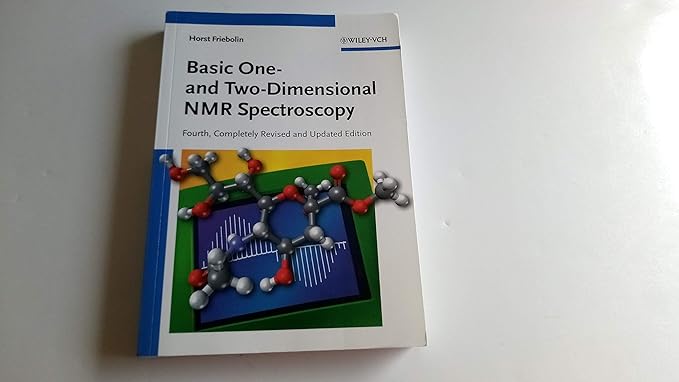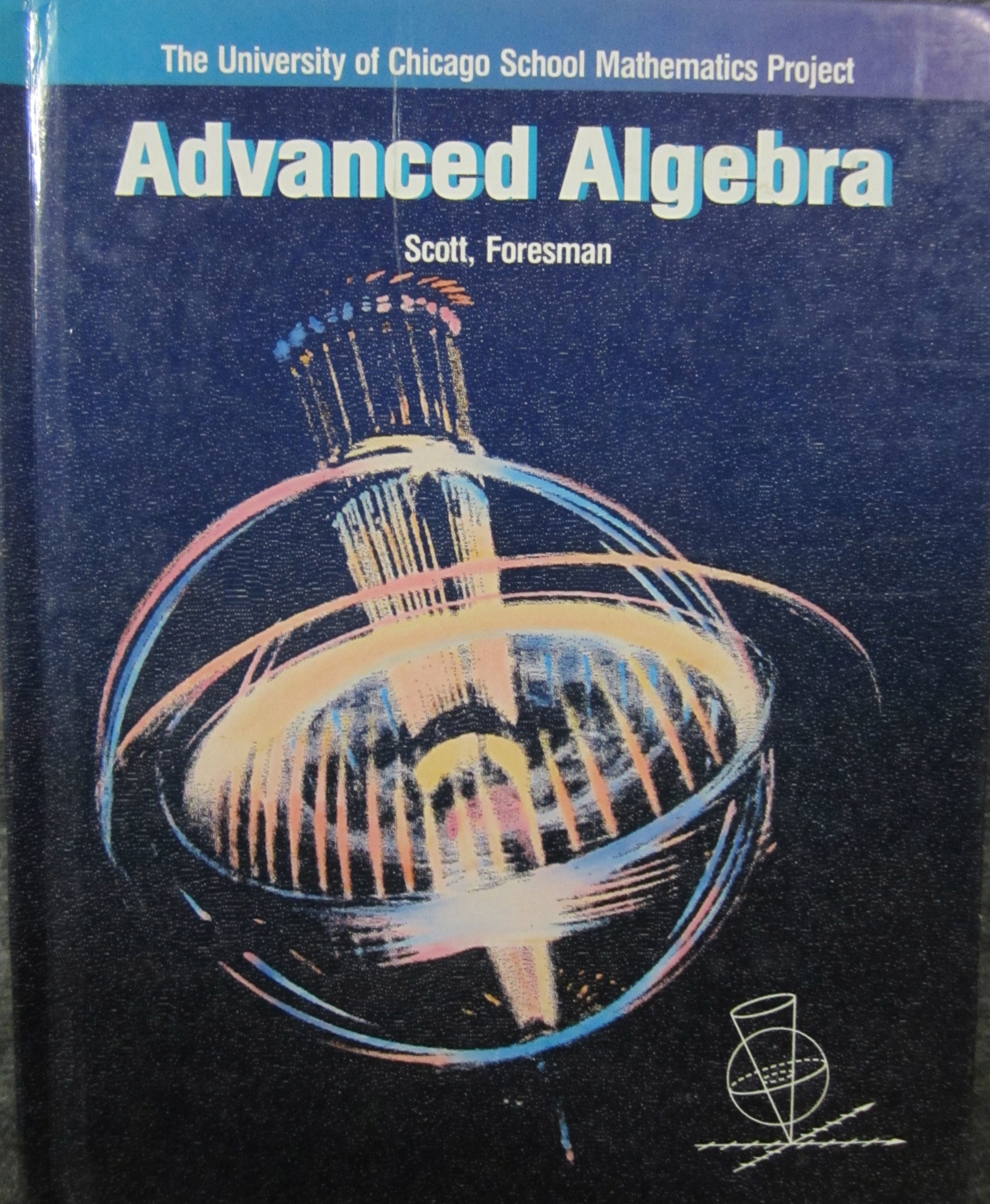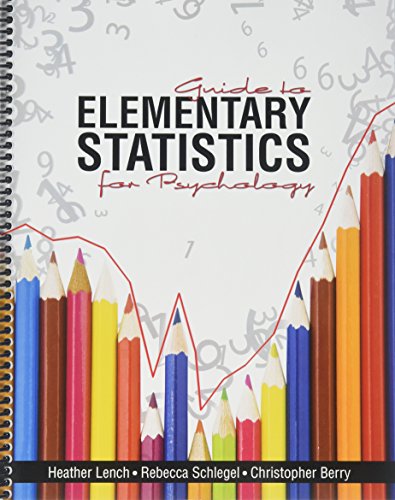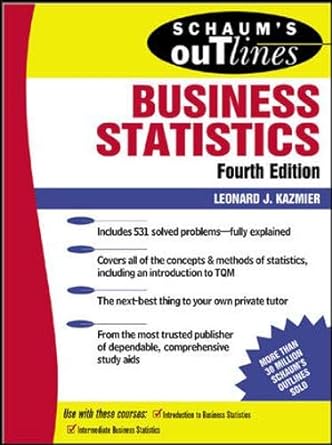Go back

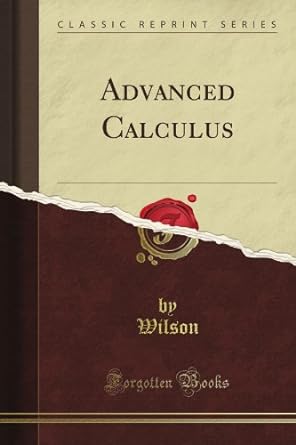
Advanced Calculus(1st Edition)
Authors:
A F Dean

Cover Type:Hardcover
Condition:Used
In Stock
Shipment time
Expected shipping within 2 DaysPopular items with books
Access to 30 Million+ solutions
Free ✝
Ask 50 Questions from expert
AI-Powered Answers
✝ 7 days-trial
Total Price:
$0
List Price: $18.96
Savings: $18.96(100%)
Solution Manual Includes
Access to 30 Million+ solutions
Ask 50 Questions from expert
AI-Powered Answers
24/7 Tutor Help
Detailed solutions for Advanced Calculus
Price:
$9.99
/month
Book details
ISBN: B0088COIIW
Book publisher: Forgotten Books
Get your hands on the best-selling book Advanced Calculus 1st Edition for free. Feed your curiosity and let your imagination soar with the best stories coming out to you without hefty price tags. Browse SolutionInn to discover a treasure trove of fiction and non-fiction books where every page leads the reader to an undiscovered world. Start your literary adventure right away and also enjoy free shipping of these complimentary books to your door.
Book Summary: The first five show distinctly that the independent variable is ac, whereas the last three do not explicitly indicate the variable and should not be used unless there is no chance of a misunderstanding. 2. The fundamental formulas of differential calculus are derived directly from the application of the dehnition (2) or (3) and from a few fundamental propositions in limits. First may be mentioned (5) D(u 31; 11) -- Du j; Dv, +vD u. (6) (7) It may be recalled that (4), which is the rule for differentiating a function of a function, follows from the application of the theorem that the limit of a product is the product of the limits to the fractional identity »- -- ;whence A a: Ay A a: lim 55: lim A2 lim 534: limiâ?? lim 934, which is equivalent to (4). Similarly, if y= f(.1:) and if rc, as the inverse function of y, be written re :f-1(y) from analogy withy =- sins: and :c =- sin 1y, the relation (5) follows from the fact that A xA yand A yA a: are reciprocals. The next three result from the immediate application of the theorems concerning limits of sums, products, and quotients (§ 21). The rule for differentiating a power is derived in case nis integral by the application of the binomial theorem. and the limit when A.r=0 is clearly n:1: ° 1. The result may be extended to rational values of the index nby writing n= B, y: xii, 1I :: xl and by differentiating both sides of the equation and reducing. To prove that (7) still holds when nis irrational, it would be necessary to have a workable definition of irrational numbers and to develop the properties of such numbers in greater detail than seems wise at this point. The formula is therefore assumed in accordance with the principle of permanence of form (§ 178), just as formulas like ama =a +of the theory of exponents, which may readily be proved for rational bases and exponents, are assumed without proof to ho(Typographical errors above are due to OCR software and don't occur in the book.)
Customers also bought these books
Frequently Bought Together
Top Reviews for Books
Abdulla buahmed
( 5 )
"Delivery was considerably fast, and the book I received was in a good condition."


